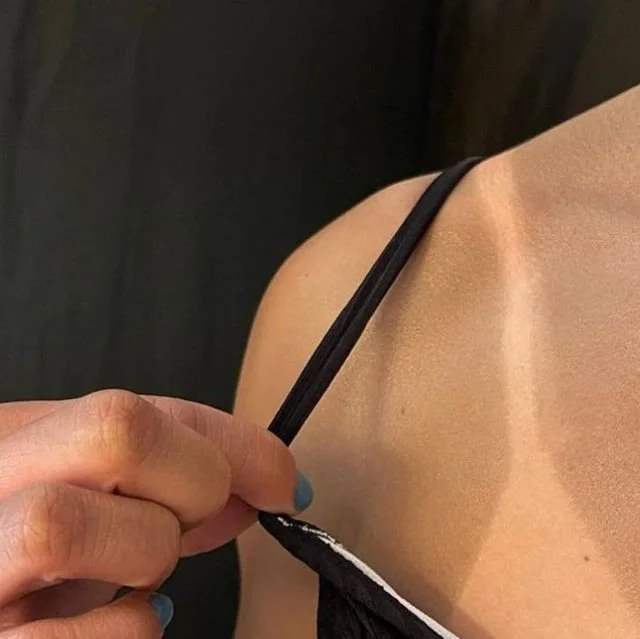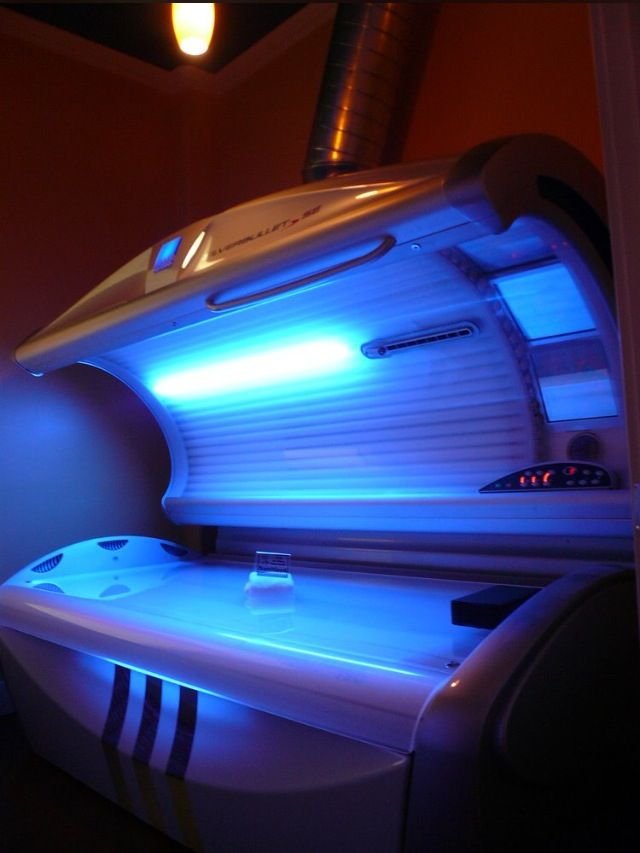Know Before You Glow
With warmer weather upon us, it’s not unusual to see people out in the sun trying to get some color. While there is nothing wrong with embracing your paler skin in a bikini, some people like to get a nice base tan before they go out in the sun. And that's where tanning beds come into play. After just a few sessions, you can leave with a nice glowy tan that looks like you came just from the beach. Tanning beds are also great for achieving that sun-kissed glow when natural sunlight isn’t readily available. However, not all tanning beds are created equal and have the same effects. Understanding the different types of tanning beds that exist can help you choose the tanning experience best for you. From basic level beds to the more advanced technologies, let's get into the array (literally!) of tanning beds.
Traditional tanning beds, also known as low-pressure beds, are probably considered the most common type of bed that tanning salons offer. These beds emit higher levels of UVB rays and lower levels of UVA rays. UVB rays are beneficial because they help with the production of vitamin D in your skin, but they can cause some sunburns if they aren’t used carefully. UVA rays are the ones that give you that nice bronze that you look for when coming out of the tanning salon. There is a lower amount of UVA rays emitted in low-pressure tanning beds, so it takes longer and will most likely require multiple sessions for your skin to achieve that tanned look, but on the plus side, it is also a cheaper option compared to others. Traditional tanning beds are good for beginners, basic tans, maintenance or even just relaxation because of the lower intensity they have.
High-pressure tanning beds are designed to provide a faster and deeper tan compared to traditional beds. They limit the amount of UVB exposure and emit a higher concentration of UVA, which reduces the risk of burning and helps create a faster, deeper, longer-lasting tan. High-pressure beds utilize fewer bulbs but at higher wattages, resulting in shorter tanning sessions. High-pressure beds are popular for tanners with a little bit more experience under their belt and are looking for quick results. While it may seem like the most efficient option, it isn’t something we recommend choosing every time you go to the tanning salon, but instead just going for it every once in a while.
Hybrid tanning beds combine features of traditional tanning beds with some different added technologies to enhance your tanning results. These beds include features like red light therapy, collagen stimulation, or aromatherapy to add a bit more of a healthy benefit to the tanning process. By combining different styles, hybrid tanning beds aim to offer an overall tanning experience that not only gives you that sun-kissed glow, but also promotes more skin health than other bed options.
While having a little bronze to your skin may seem nice on the surface, tanning beds come with their fair share of negative consequences. The most negative one is arguably the significant increase in risk of skin cancer due to the intense UV radiation exposure. Frequent use of tanning beds can accelerate skin aging, causing wrinkles, age spots, and take away some elasticity of the skin. They can also worsen existing skin conditions like eczema or psoriasis. Starting off the warmer weather with a little more sun-kissed glow may seem great, but it's important to take care of your body and put your health first. Wearing sunscreen is always a great start, but doing research and learning the different types of tanning beds and the risks they can impose can be helpful when looking to make the decision that's best for you.
Have you tried out any of these different tanning options?
Do you have any preferences of one over the other?
We would love to hear your opinions @theedgemag !!



